Beach to Bayou - May 2024Construction has begun on the new Pickleball Courts in Bay St. Louis! As one of the fastest-growing sports in the country, pickleball is a hybrid of tennis, badminton and ping-pong. Fast-paced and fun, it's sweeping the nation--still!
- by Wendy Sullivan (Originally published as "What the Heck is Pickleball - and Where Can We Play?" in June 2021)
With some thought and advance planning, you can prepare for the next big storm and protect what’s most important to you. We've got a complete list of resources to help.
- story by Dena Temple photos by Dena Temple and Ellis Anderson
There’s something exciting going on at our bird feeders in the winter. Learn about the surprise visitors you might find just outside your window!
- by Dena Temple
This third annual family event encourages novices and experienced kayakers to get out on the city’s waterways for a fun morning afloat.
- by Maurice Singleton
Expect to see more giant lighted snowflake ornaments decorating local Live Oak trees this holiday season – with the help of generous donors.
- by Maurice Singleton, photos by Ellis Anderson
Leanne Murray and Joel Lawhead, the coaches behind the newly formed Bay St. Louis Running Company, want to take the stress out of working out and get more people moving.
- By Lisa Monti
Birds need three things to survive – and if you provide these things, they will come! Here is a primer on food, feeders, and how to create a safe haven for backyard birds.
- by Dena Temple
At the Waveland Ground Zero Hurricane Museum, it will be a year focused on storms and how they affect everything around here: our local culture, our ecology, even our art.
- by John Dumoulin; photos by Ellis Anderson
Counting shorebirds for an hour may be a nice diversion, but it’s also a building block for global shorebird studies.
– by Dena Temple
September is officially National Suicide Prevention Month, but at the Veterans Administration, every month is Suicide Prevention month.
- by Wendy Sullivan
Although the island itself is currently closed to visitors, the ever-popular Ship Island Excursions offers dolphin-watching and sunset cruises for memorable family experiences.
- by Wendy Sullivan
As one of the fastest-growing sports in the country, pickleball is a hybrid of tennis, badminton and ping-pong. Fast-paced and fun, it's sweeping the nation! - by Wendy Sullivan
Created after Hurricane Katrina, BSL’s Depot District duck pond has something for everyone.
- Story by Wendy Sullivan - photos by Wendy Sullivan and Ellis Anderson
Are you nursing a case of cabin fever? Here is a fun way to get rid of that “Quarantine 15” while enjoying nature and the outdoors close to home.
- Story by Dena Temple, photos by Dena and John Temple
Least Terns are the new celebrity neighbors on Beach Boulevard… but will they be allowed to nest here, or will they be evicted from their chosen home?
- Story by Dena Temple
The Least Terns need your help:
There are 12 nests right now in Hancock County. Audubon Mississippi's Coastal Bird Stewardship program tried to get permission to help protect them by placing low posts and ropes around the nesting area for several weeks. They appeared before the Hancock County Supervisors on June 1st. Two beachfront property owners opposed roping. Two other local residents spoke in favor, one against. The supervisors voted to allow signage, but no ropes. Please write the supervisors and express support for the terns. One reason given for not allowing the ropes was that it would harm tourism. You'll see by reading the story below that the opposite is true. Here's the letter we sent to the Supervisors. Feel free to copy and paste it. Even though it's after the fact, they'll inevitably be considering the terns' protection in the future. Dear Hancock County Supervisor, We recognize the value of having Least Terns nest in our county. They provide an additional (and free) visitor attraction, educational opportunities for our youth, and enrich our environment. Please support Audubon Mississippi's Coastal Bird Stewardship Program in all their efforts to protect the nests. Thank you for your consideration, ~ Scotty Adam - president - [email protected] ~ Greg Shaw - vice president - [email protected] ~ Theresa Ryan -[email protected] ~ Kodie Koenenn -[email protected] ~ Darrin "Bo" Ladner Darrin - [email protected]
The folks at “Keep Waveland Beautiful” aren’t afraid of big ideas – and they were determined to beautify the Waveland beach, one tree at a time.
- Story by Dena Temple - Photos by Dena Temple and Valerie Fitts
Take a quiz to see if you can identify some of the sounds you hear during a nature walk in your neighborhood.
- Story by Dena Temple
More campsites, improved trails and an amphitheater are a few of the improvements slated for this hidden gem.
– Story and photos by Dena Temple
Audubon’s Christmas Bird Count paints a one-day portrait of bird populations – and you can help!
- Story by Dena Temple, photos by Dena and John Temple
As gruesome as this sounds to today’s conservationists, this was the standard for the hobby at the turn of the 20th Century.
In 1900 Frank M. Chapman, an officer of the fledgling National Audubon Society, organized a new event to counter the sport-killing tradition, calling it the “Holiday Census.” The first census involved 27 counters and 25 count circles, and a total of 90 species of birds were counted. In the winter of 2017-18 a record-breaking 77,000 people participated in the annual Christmas Bird Count, tallying birds in 2,585 count circles, also a record. And roughly one-quarter of all species of birds in the world were tallied, yet another amazing feat! Celebrating its 120th year, the event is still sponsored today by the National Audubon Society. “The Christmas Bird Count is a great tradition and an opportunity to be a part of 120 years of ongoing community science,” said Geoff LeBaron, Audubon’s Christmas Bird Count director, who started leading the community science effort in 1987. “Adding your observations to twelve decades of data helps scientists and conservationists discover trends that make our work more impactful.”
Here’s how it works: A circular area 15 miles in diameter is defined. This “count circle” is divided into territories, and teams of volunteers scour those territories and count every bird they see or hear. Common or rare, every single bird is important on the Christmas Bird Count! After spending an invigorating day scanning fields, ponds and beaches, the teams get together for a “roundup” to compare notes, brag about interesting finds and commiserate about “the ones that got away.” It’s a great way to meet people who share your interest in the outdoors, and maybe learn a little something in the process.
There are 20 count circles in the state of Mississippi, including one in our immediate area, the Southern Hancock County circle. Counters have been tallying birds in this territory since 1976. In 2018, the 32 counters in the Southern Hancock count circle tallied 142 species of birds over the course of the count day – very impressive! Participation is fun, and free. Birders with intermediate or better identification skills are particularly welcome. Beginners are usually paired with a more experienced participant, so you don’t need to be intimately familiar with your territory in order to enjoy the event. This year, the Southern Hancock County CBC will be held on Tuesday, December 17. If you would like more information, contact the compiler, Ned Boyajian, at [email protected].
After the Bonne Carré Spillway opening closed Mississippi beaches for three months this year, statewide opposition grows against a plan to make diversions permanent.
- by Lisa Monti
George Cavignac, executive director of nonprofit Gulf Coast Resource Coalition, told the Bay city council the plan is currently in the Corps of Engineers permitting process and is being fast-tracked. He called it an impending crisis.
“The time to act is now,” he said. “This is something that literally will wipe out the culture that is Southeast Louisiana and South Mississippi and our recreational and commercial fishing industries and tourism. It’s definitely worth fighting for." The push in Hancock County to oppose the river diversion effort comes just days after Mississippi’s beaches were cleared for swimming. They were closed by the state Department of Environmental Quality because of toxic algal resulting from the opening of the Bonne Carre spillway for 123 days this year. The spillway released 10 trillion gallons of Mississippi River water which GCRC says inundated Mississippi’s coastal waters, causing massive harm to the economy, fisheries and marine mammal population. The proposed Mid-Breton Project is designed to release 33 million gallons of Mississippi River water per minute, though the amount can vary. The minimum flow would be 5,000 CFS (cubic feet per second) - which is 2,250,000 gallons per minute. Mid-Breton backers have taken a couple of legislative moves to give the project a better chance of getting approval, but that would negatively impact marine life. Cavignac said the Louisiana group got a waiver to the Marine Mammal Protection Act passed and is now trying to amend a bill to remove the essential fish habitat environmental review that is part of the required environmental review. “The project can’t sustain an environmental review. If it can’t pass the environmental impact study process, they need to either not do it or mitigate for the fisheries and tourism dollars. That would drive project out of its price range,” he said. One councilman called Cavignac’s presentation “very informative and alarming.” The council voted unanimously to ask the state Congressional delegation to oppose the project and to ask the governor to oppose the issuance of a federal permit to construct the project. The Hancock supervisors took similar steps at their meeting. Wendy McDonald, a candidate for Mississippi House District 122, lists opposition to the diversion plans as her number one priority in Jackson. She told the Shoofly Magazine, “We celebrate the reopening of the beaches but we’re going to have to work to keep them that way. It’s going to take all of us pulling together.” For more information, go to https://gulfcoastresource.org. |
Categories
All
Archives
July 2024
|
Shoofly Magazine Partners
Our Shoofly Partners are local businesses and organizations who share our mission to enrich community life in Bay St. Louis, Waveland, Diamondhead and Pass Christian. These are limited in number to maximize visibility. Email us now to become a Shoofly Partner!


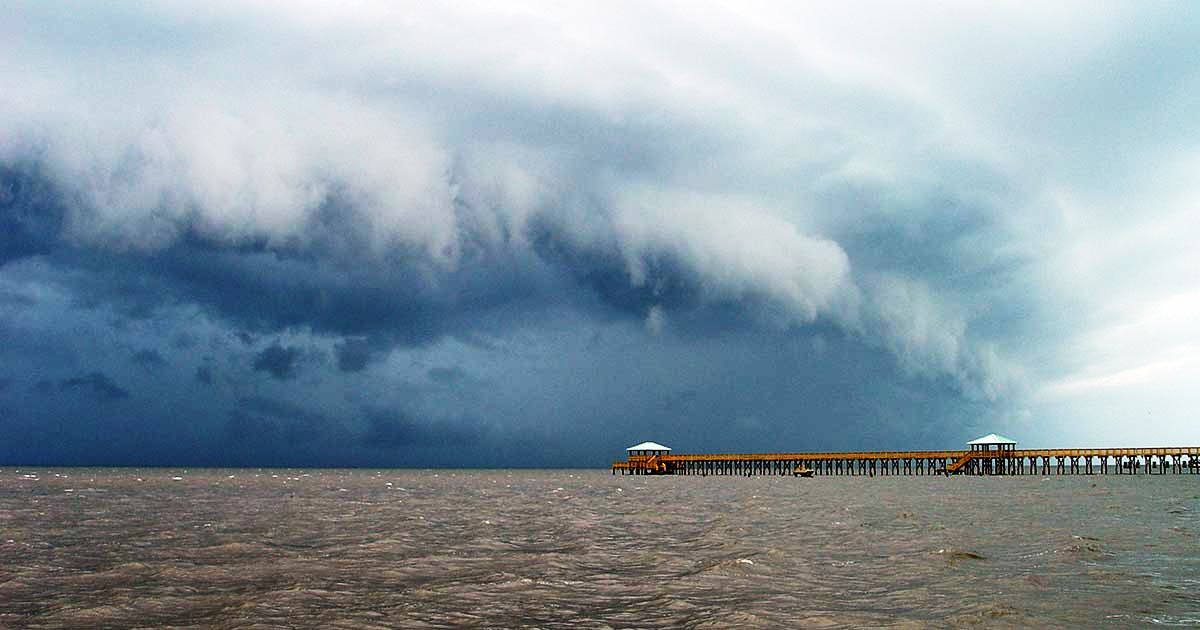
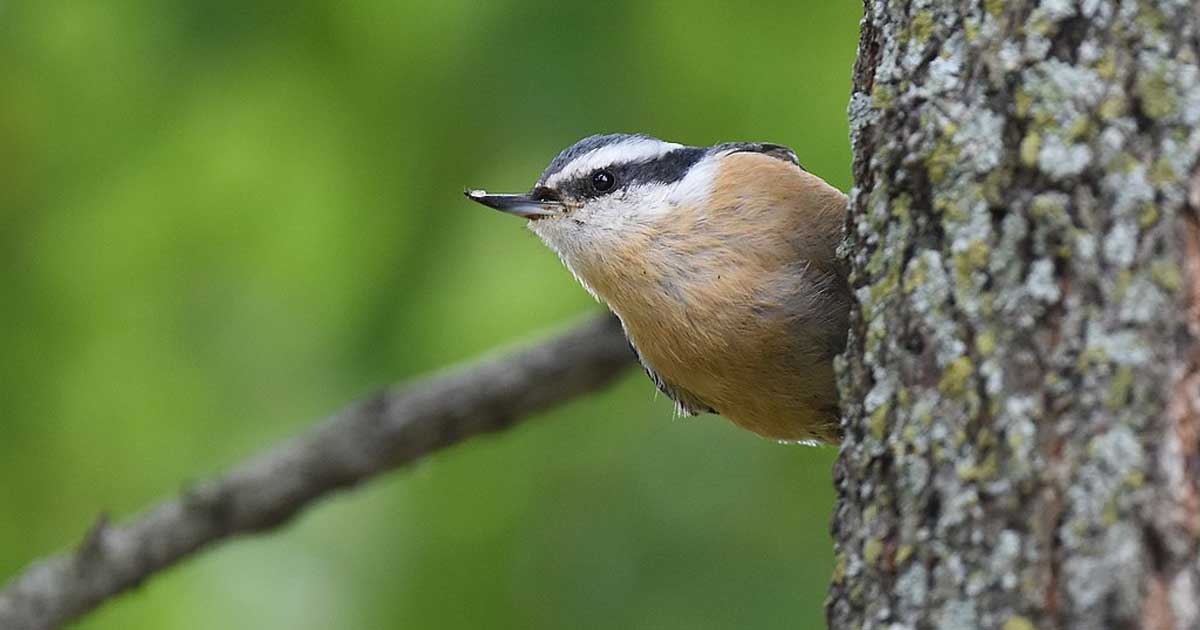
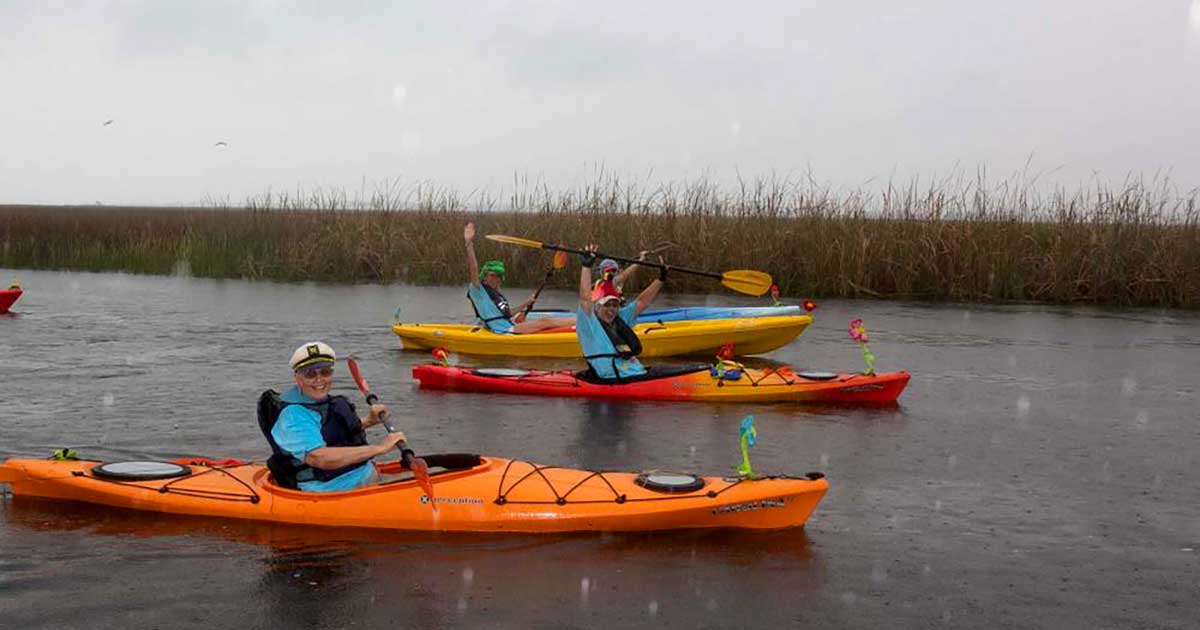
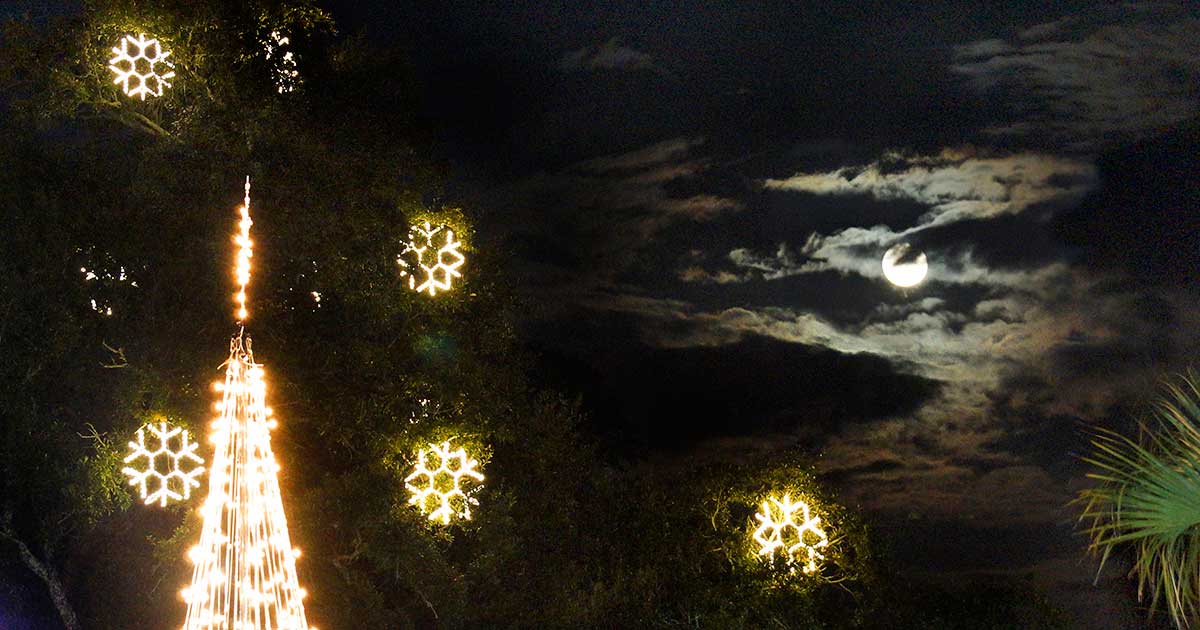
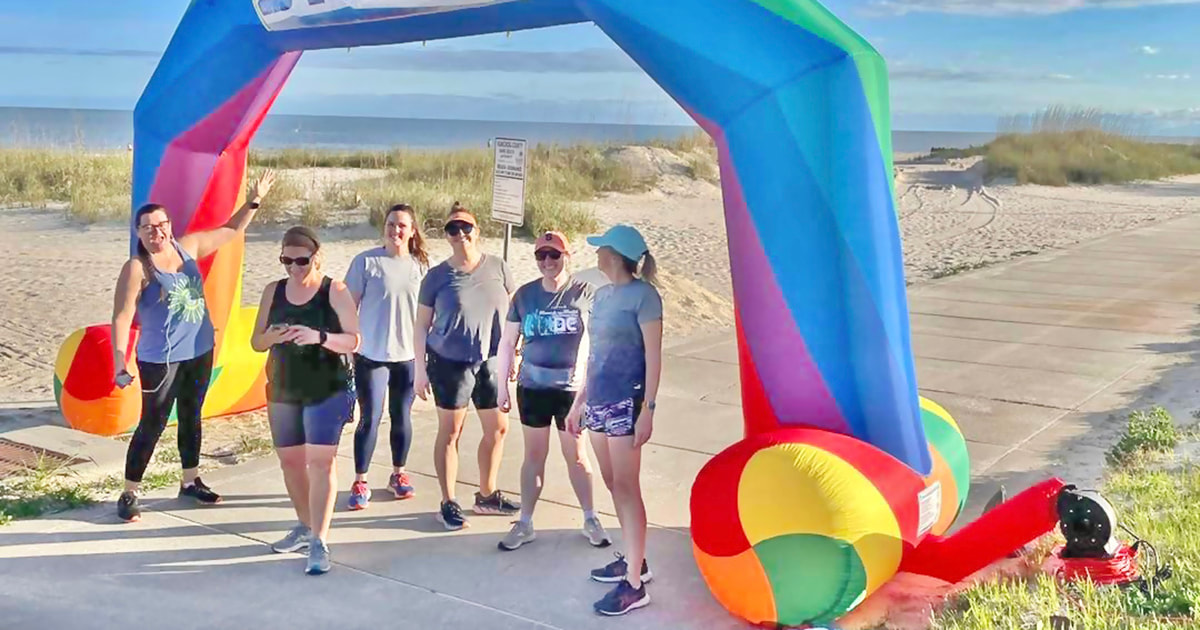
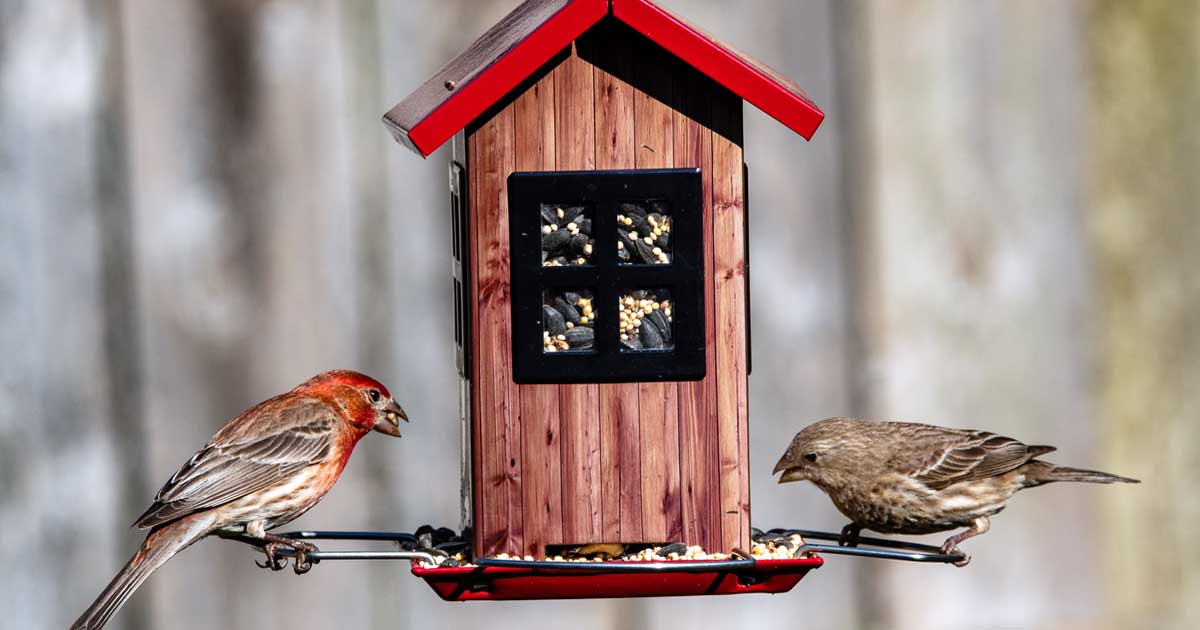

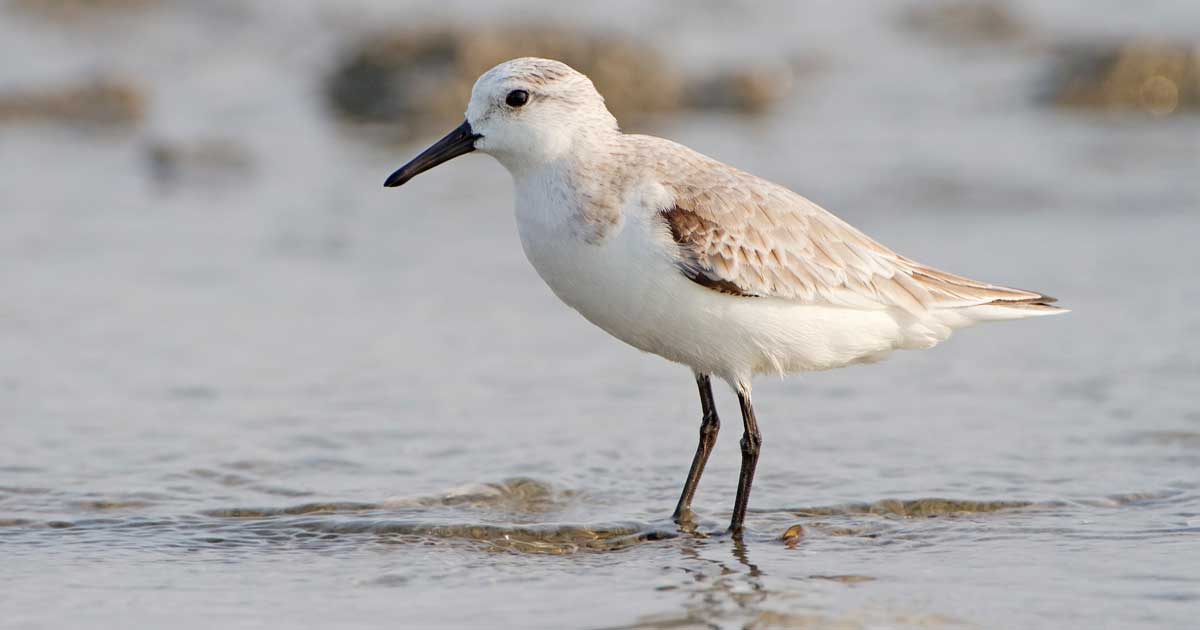

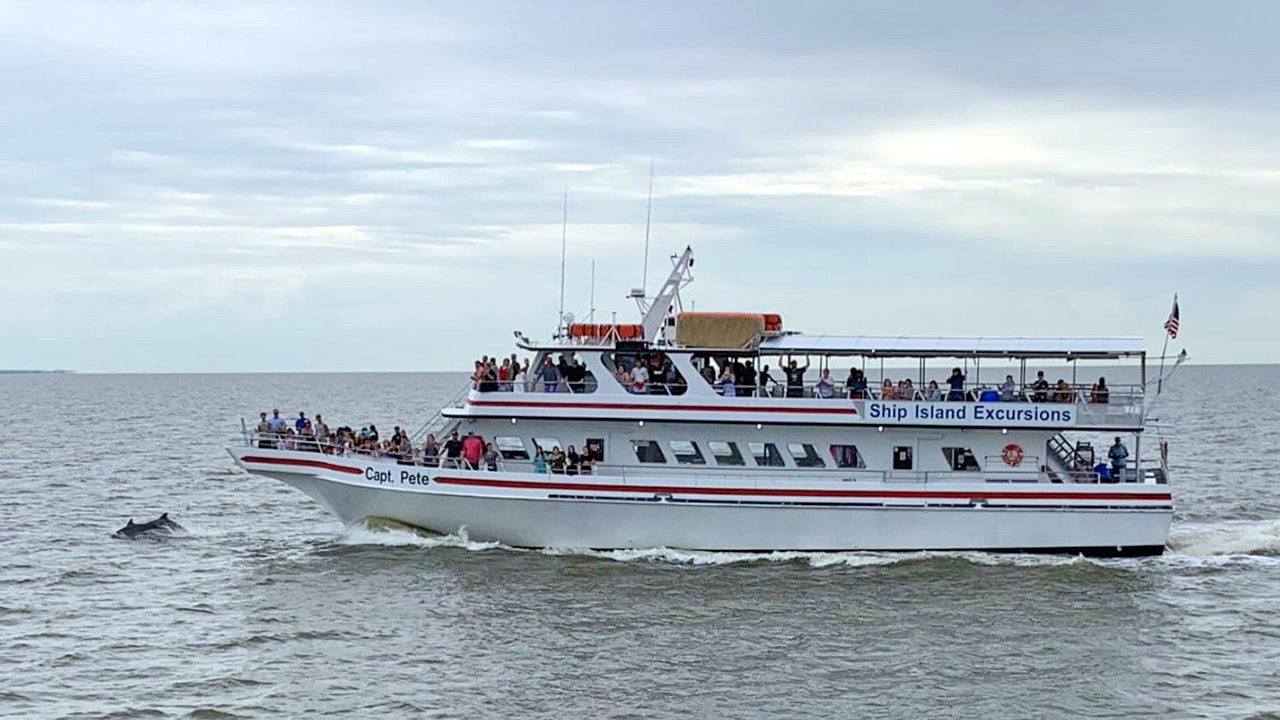
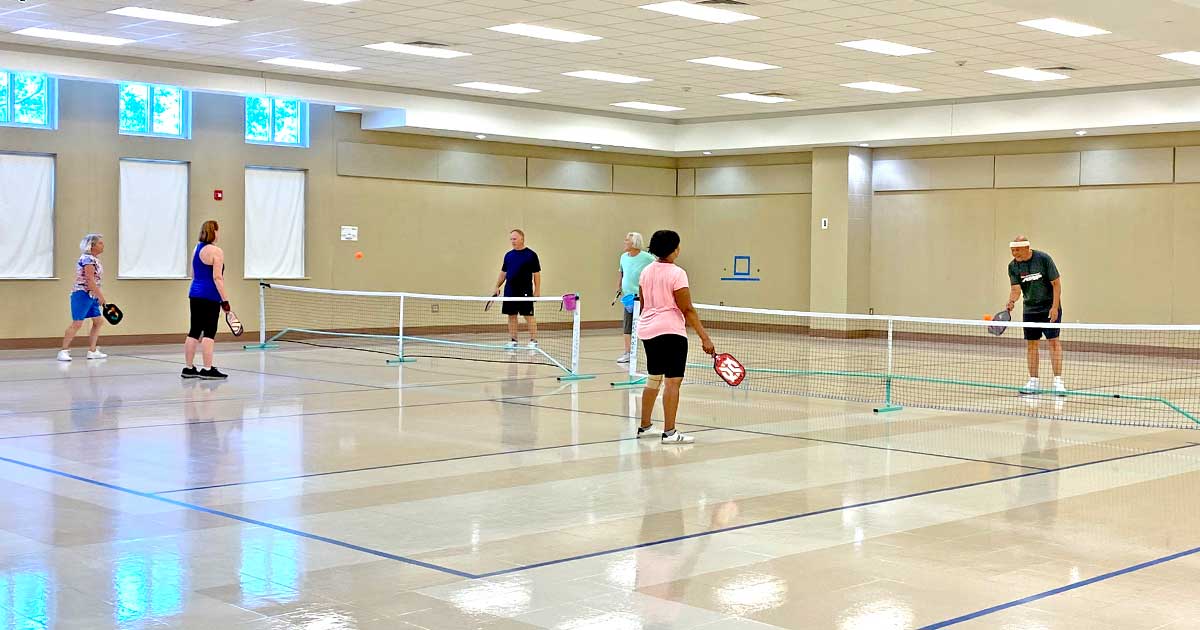
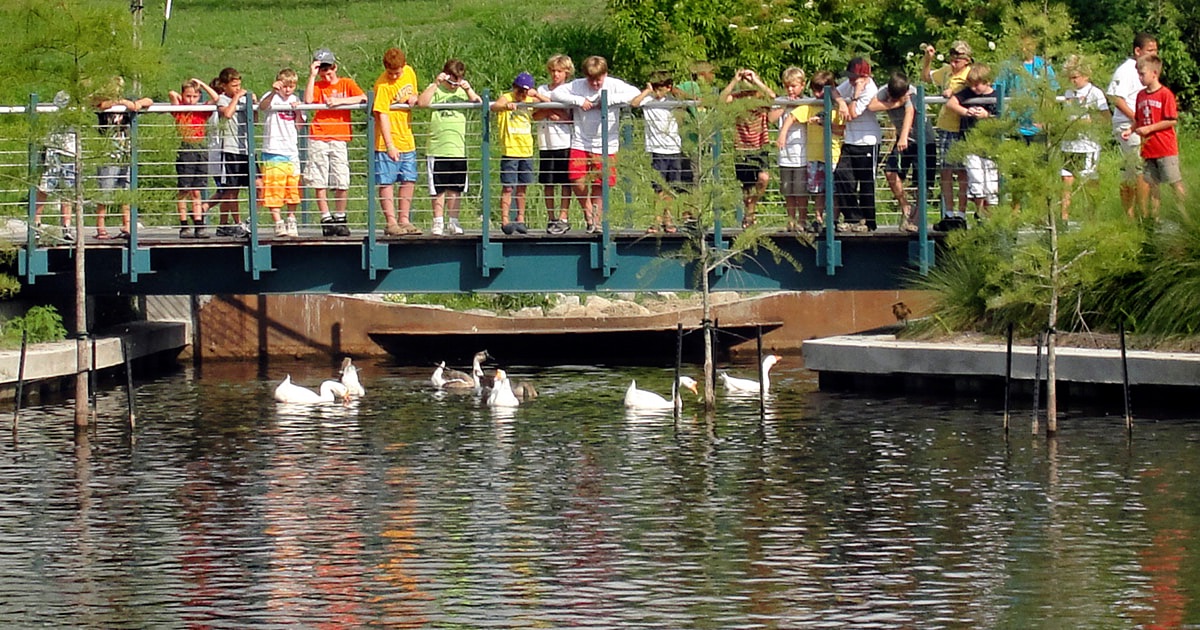
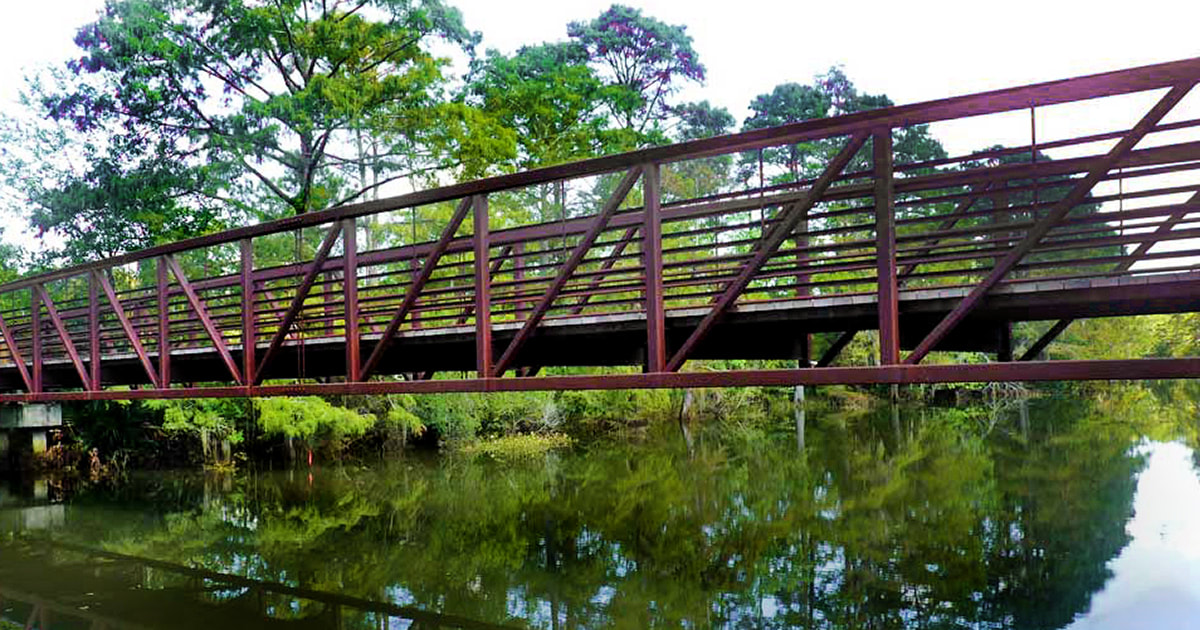
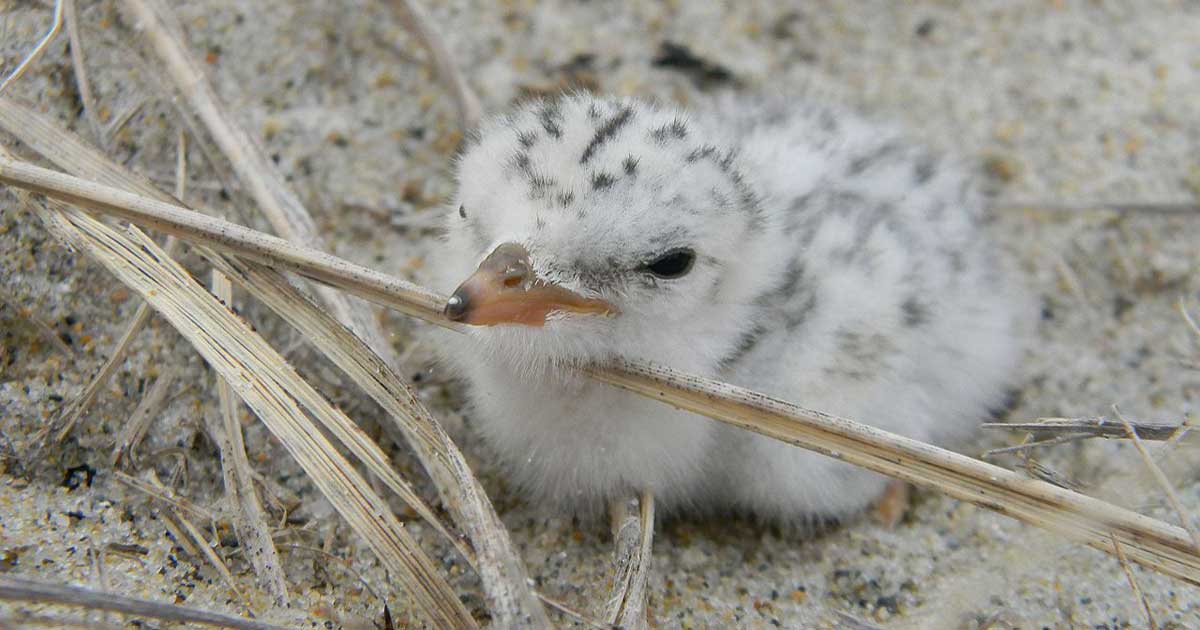
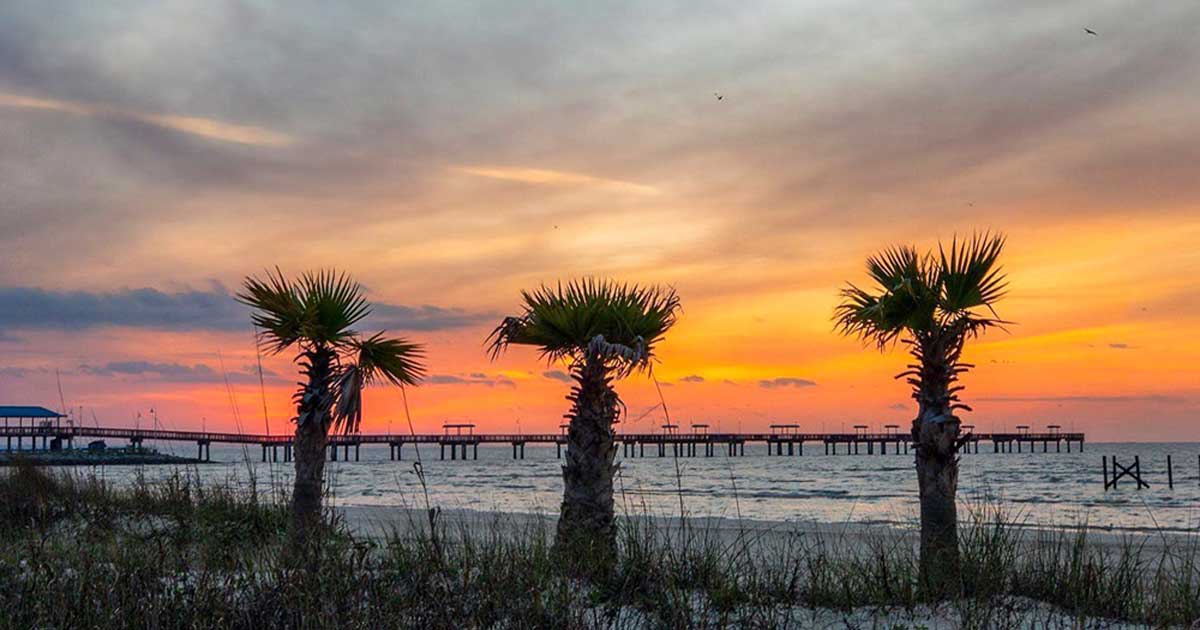
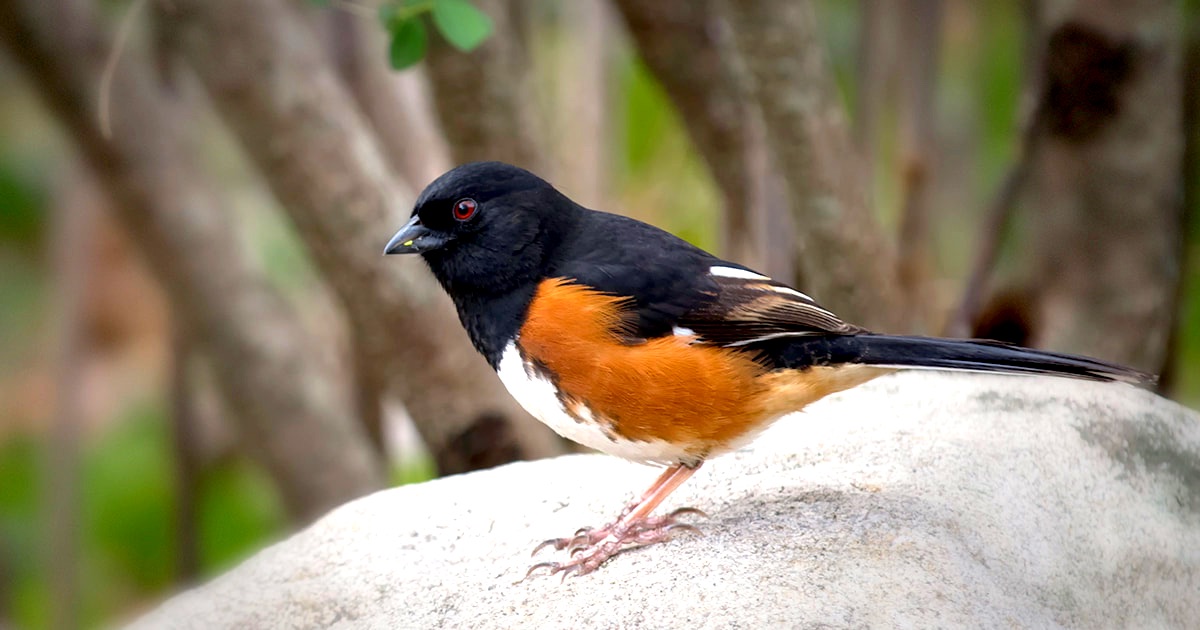
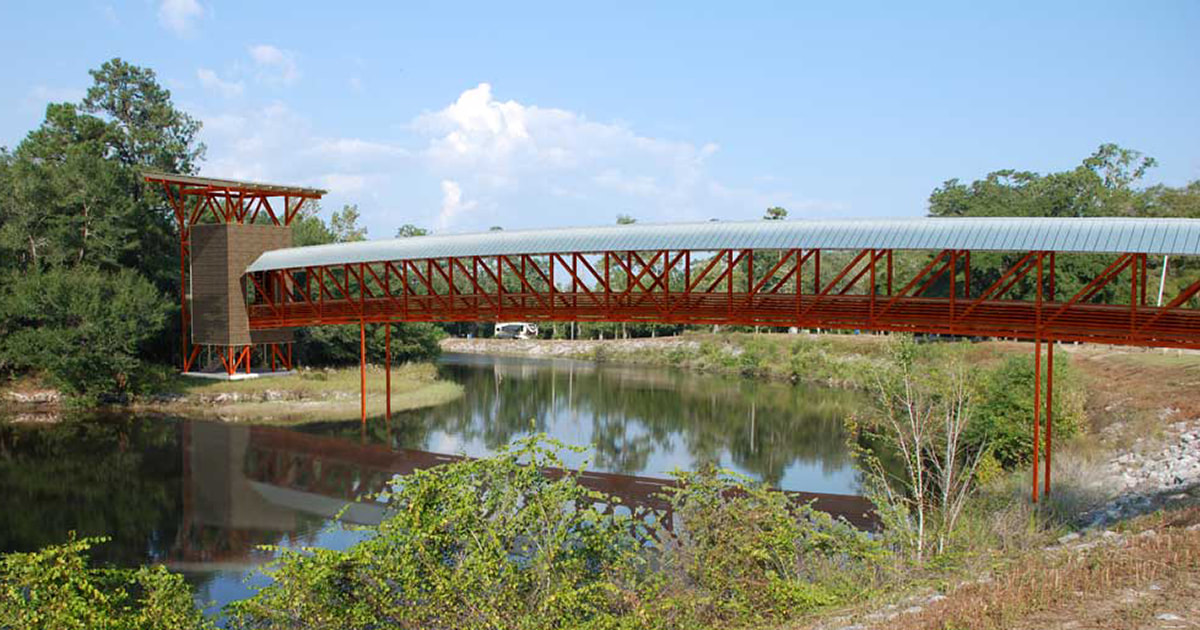
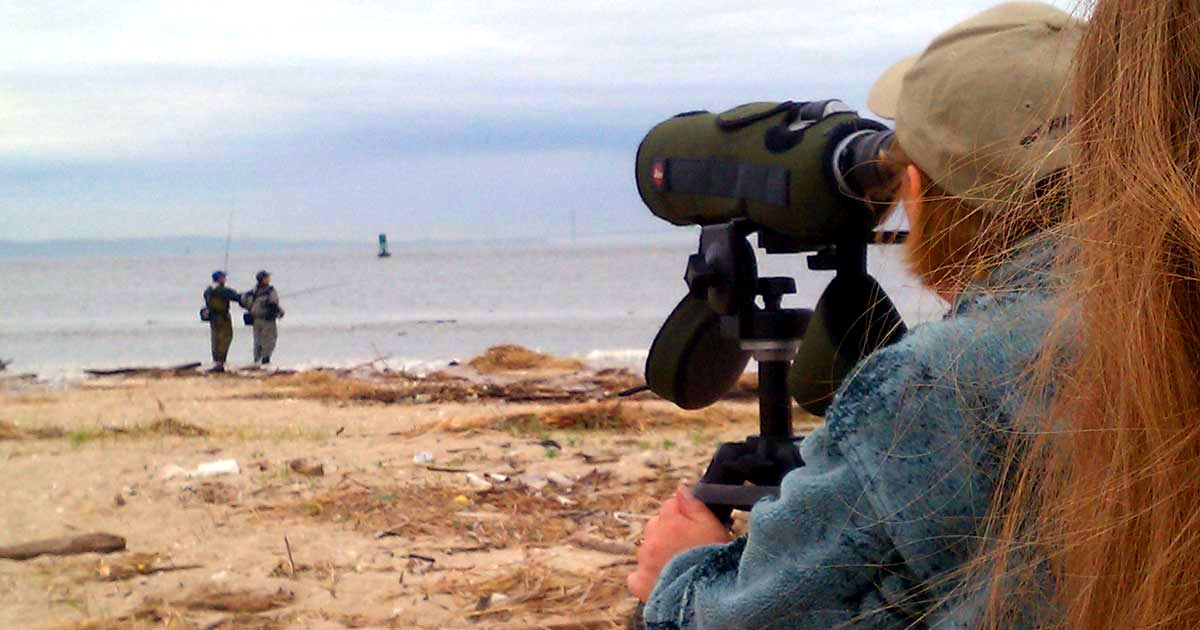



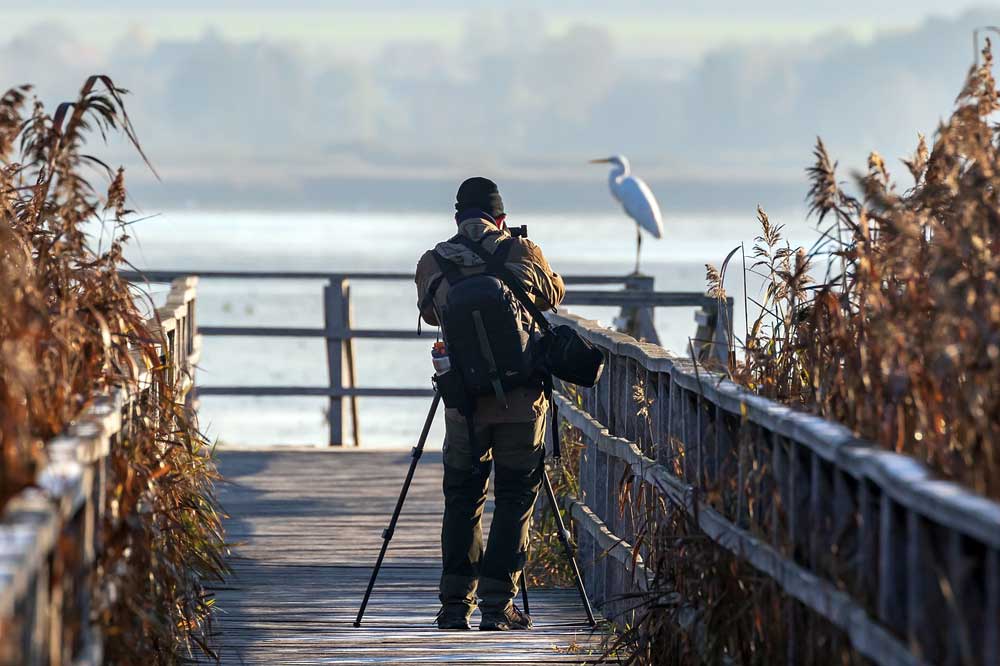
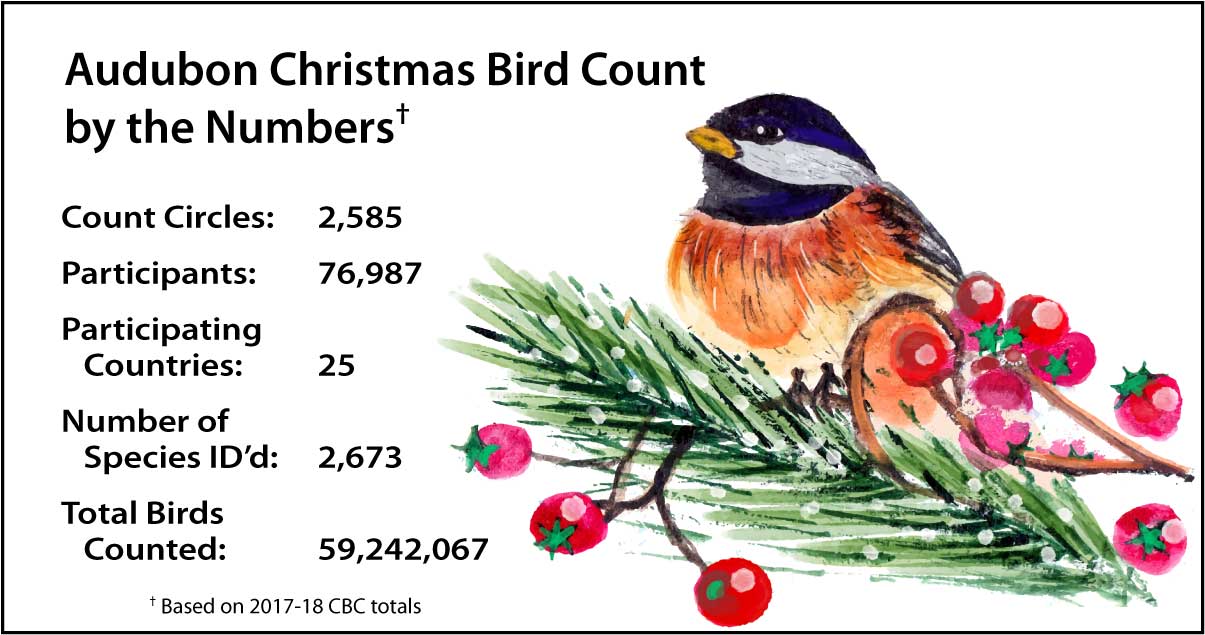
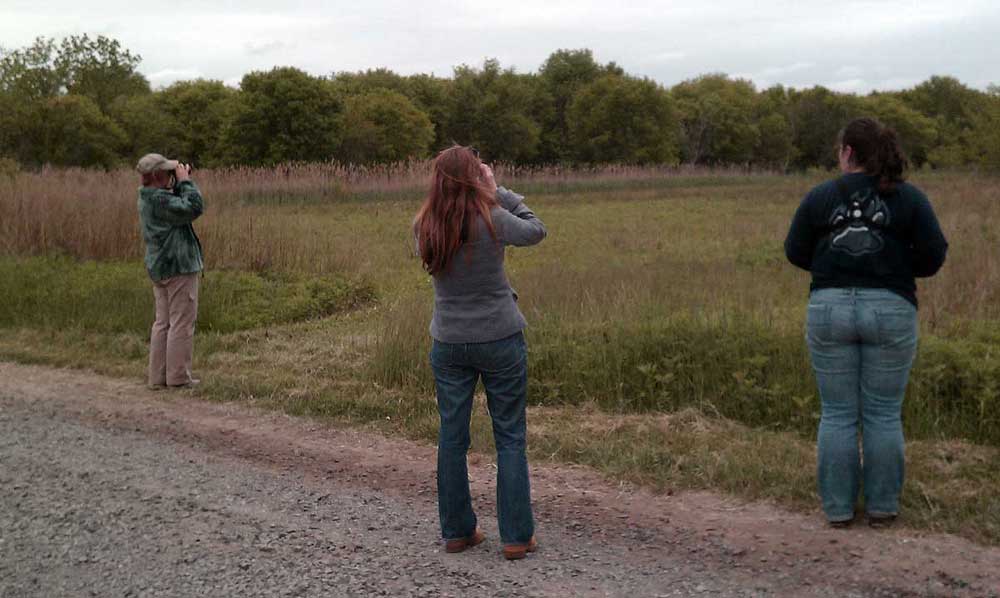
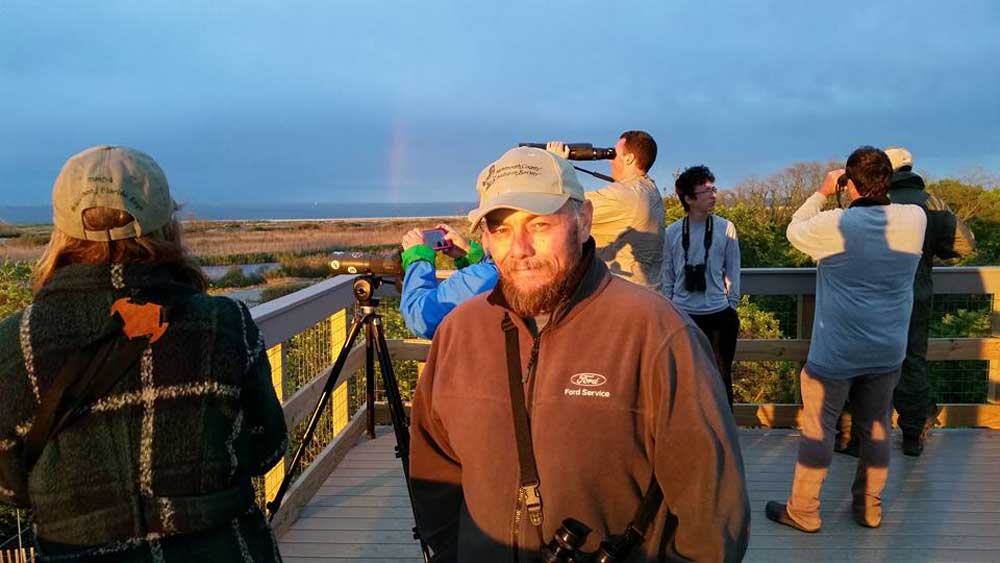





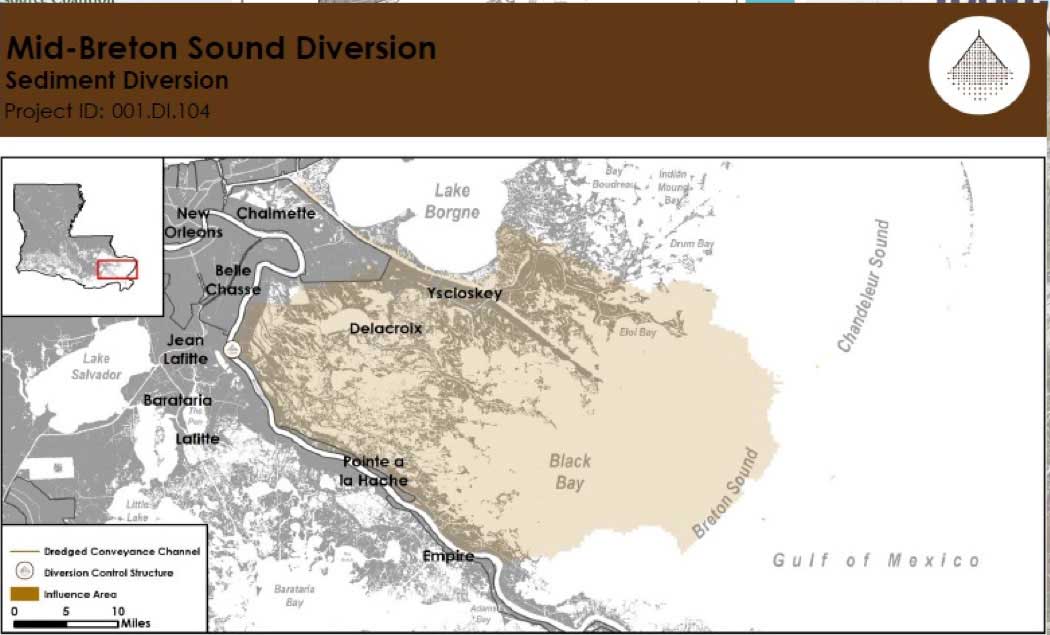


























 RSS Feed
RSS Feed























